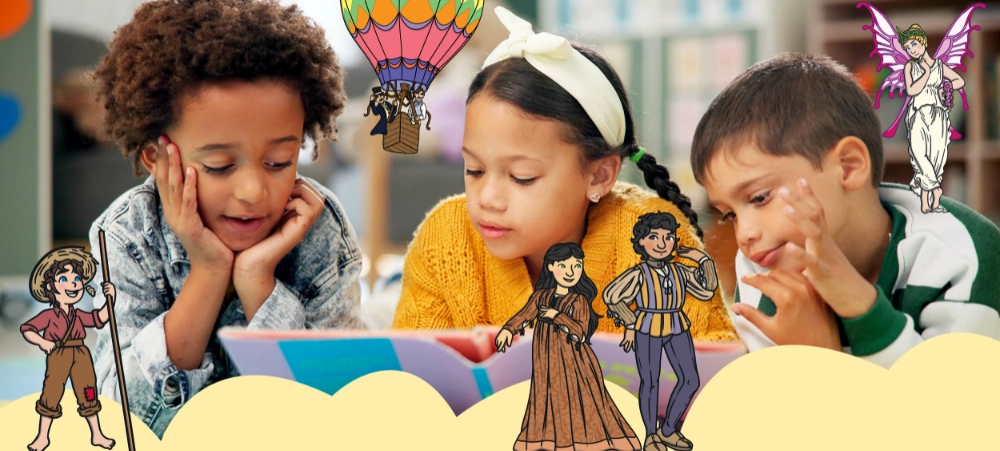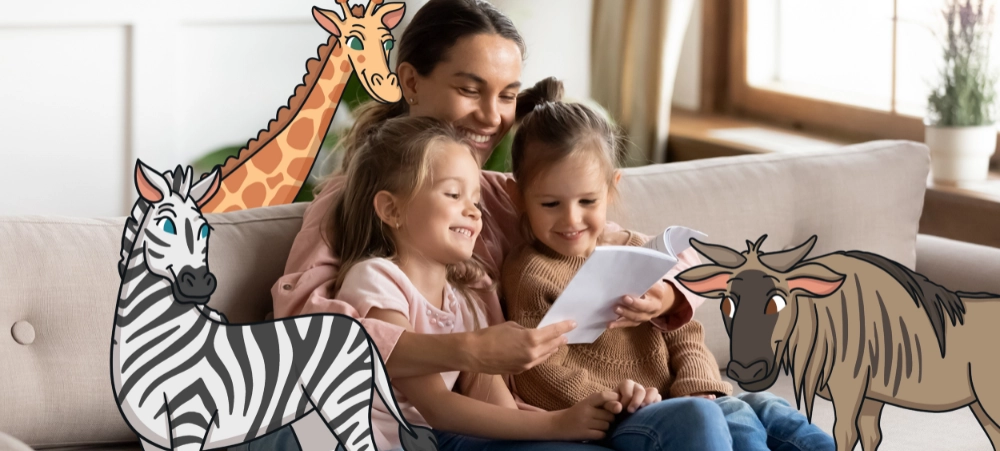Whether you realise it or not, we use maths concepts to solve real-life situations every day. From cooking with recipes to figuring out the correct money to give at the store, maths is everywhere. Teaching your children fundamental maths skills at a young age is easier than you think!
With research stating that 80% of a child’s brain develops by age five, it’s important for parents to take advantage of the critical early years. The great news is that children are naturally curious and often question the world around them, so there are many chances to naturally weave in learning opportunities. By just adding a little maths to your everyday routine, you can help your toddler or preschooler begin to recognise numbers, learn the proper number sequence and eventually develop the ability to count. Here are four easy ways to add maths into the everyday routine for early learners:
1. Play simple card games
Learning about numbers is the first step in a preschooler’s maths journey. In addition to using number flash cards, playing card games using regular playing cards is another great way for children to learn about numbers up to 10. The cards between two and ten not only have the numbers on them, but also the amount of symbols that represent the quantity. The pattern on the cards helps children to conceptually understand what the number represents.
2. Count outdoors or with items you use each day
To help your preschooler learn to count, start by heading outdoors. Find items in nature that can be easily counted, such as the petals on a flower, the leaves on a branch, or even trees in the yard. Ask questions such as: “How many flowers have pink petals in the garden?” “Which flower has more petals than the others?” “How many red leaves are there?”
These questions will spark their curiosity to explore the answer. If needed, help your child by pointing and counting with them. By modelling how to do it, your child will feel encouraged and motivated to count with you before doing so on their own. You can also count items you use each day such as different foods or toys.
3. Sort and understand groupings
Look for teachable moments during everyday play. While playing with their toys, ask your children to sort by colour, or by similarities, or by differences. You can even introduce sorting during clean-up by asking them to put toys into the right bins.
One great place to start with sorting is by using different coins. These all vary in size which makes sorting by their differences simple without introducing the values of each coin. Once you show the differences of each coin, help sort these out into different groupings.
For example: “Can you count the ten cent pieces? Let’s put them into groups of 10.” Once you master sorting out the ten cent pieces and setting aside the groupings, then you can count the total. Repeat this with the various other coins.
4. Cook to teach measurements and shapes
Not only is cooking useful, it’s a great way to learn maths. Begin by finding an easy and fun baking recipe. Some will call for measurements such as “two cups of flour” or “three teaspoons of baking powder.” You can have your child help with counting these measurements out with you.
Next, work with your child to form shaped cookies and count as you lay them on the baking sheet. Young children tend to notice the different sizes, for example, one giant cookie versus 24 mini ones. You can then get different sized plates and ask questions like “Which plate holds the most cookies?” or “How many cookies fit on the blue plate?” This will encourage your child to think through this by experimenting and counting different groupings.
Maths is something we turn to for everyday tasks. With these simple tips, your child will begin learning some maths concepts without even really knowing they’re learning. It is great to start teaching these skills at a young age to get them prepared for Grade R and ensure they are on the right track for their academic future!
This article is from the KUMON NORTH AMERICA website: https://www.kumon.com/resources/4-easy-ways-to-add-math-to-your-early-learners-daily-routine/
- Why Developing Reading Skills May Help Your Child’s Fear of Maths Word Problems - September 25, 2025
- Three Tips for Easing Test Anxiety - September 17, 2025
- Laying Strong Foundations for Reading for Early Learners - September 10, 2025





